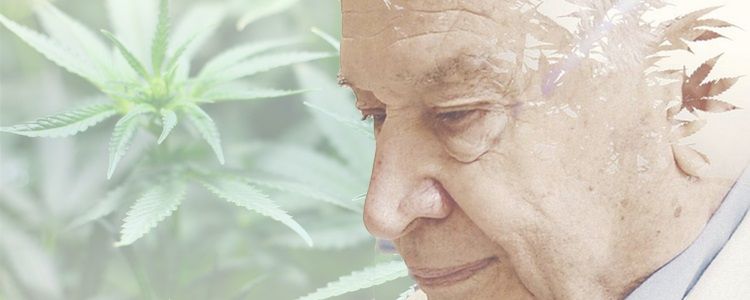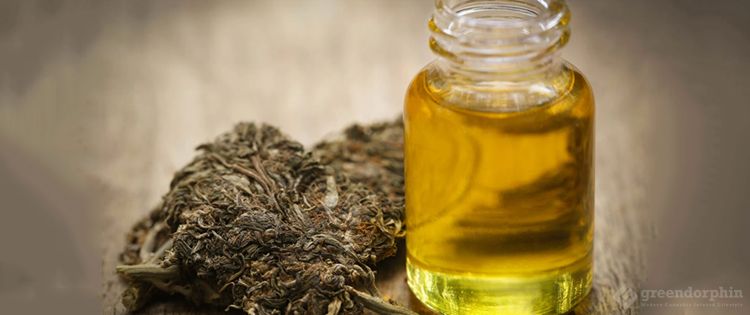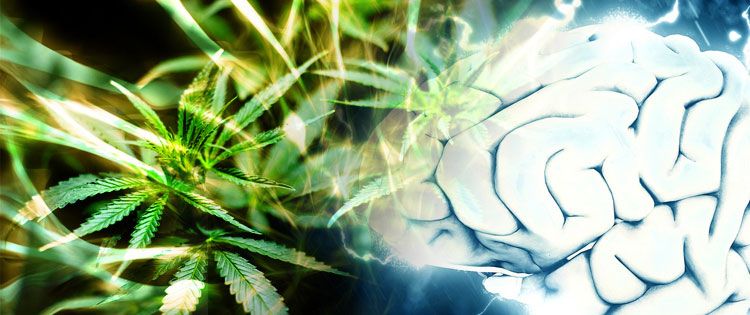If you have been following the cannabis discussion – particularly of a medical bent – you have probably heard about a term that is increasingly used to describe the impact of ingesting whole plant marijuana – rather than one particular cannabinoid.
Even as there is more and more interest in the impact of isolated cannabinoids, terpenes and flavonoids found in cannabis, there is also increasing interest if not research into the effects on the body of ingesting cannabis as found in nature without much tweaking.
This is because of the apparently enhanced effect of multiple organic enhancers within the plant itself – and further how they apparently work together to provide relief – or in some cases balance.
The modern thinking about this effect comes from the work of Dr. Raphael Mechoulam, also known as the Israeli scientist who discovered both THC and identified the endocannabinoid system.

He noted in a paper he wrote in 1999, that the multiple cannabinoids found in the plant itself – of which there are at least 66, along with at least 400 chemical substances including amino acids, proteins, steroids, terpenes and other elements – seem to work in conjunction with each other – in some still unknown way – to provide systematic relief for patients.
What Does this Mean for Cannabis as Medicine?
The impact of the Entourage Effect is still a vast unknown – however one thing it does mean is that future pharmatization of the specific elements of the cannabis plant will either be focussed on trying to enhance the positive elements of this effect (such as reducing the psychoactive high for pain patients), or, as GW Pharma has found, creating medicaments that are equal parts CBD or THC to create the most effective anti-tremor drugs.
On the other end of the spectrum, however, particularly as more is known and understood about the endocannabinoid system, it could also mean isolating elements of the cannabis plant to achieve other ends.
For example, research is now starting to get serious about cannabinoid weight-loss drugs, that do not pierce the blood-brain barrier – in other words deliberately undoing the entourage effect to achieve a certain metabolic goal.

The other place that the Entourage Effect has been noted is a relatively new part of cannabis research – namely that of terpenes and flavonoids – which are the essential oils and aromas created by cannabis (much like other plants) – but which also seem to have a specific impact on how humans interact with the drug itself.
This could also have a huge impact on not only breeding specific kinds of cannabis but also how it is used both in medicine and in food.
For example, those who are studying the effect have already noticed that those who eat citric fruits, in particular, mango, experience an enhanced psychedelic effect from ingesting marijuana.
What this understanding means for regulation of the plant, particularly as a drug, is also unknown, but what it is likely to do is force governments not to only legalize one part of the plant for medical purposes (for example CBD only) and leave THC out of the game.
In fact, what an understanding of the Entourage Effect will do is create what is increasingly being called “Whole Plant” medication strategies. According to the theory, whole plant medications are:
- Better able to affect multiple targets within the body
- Help the body improve the absorption of active ingredients
- Better overcome bacterial defense mechanisms
- Minimize adverse side effects
For more information on the entourage effect and cannabis as a whole plant medicine watch the below video with Cannabinoid Clinician, Dr John Teh:
The Ensemble Effect
Dr. Lester Grinspoon at Harvard believes that the enhanced effect created by whole plant treatment should better be called the “ensemble” effect, because consumption of the whole plant allows all the cannabinoids, plus the phytochemicals and the terpenoids to work together.
As quoted in High Times, Grinspoon explained the impact of a therapeutic ensemble as he understands it.
“Cannabidiol is a non-psychoactive cannabinoid, which in fact opposes tetrahydrocannabinol, the psychoactive. If you take a large dose of CBD for therapy during the day and you try to use THC at night you won’t get high. On the other hand, you can make the THC high compared to the CBD, the ratio is reversed, and you will get a high. As long as you have the two of them, and the phytochemicals, the terpenoids, you will get a therapeutic effect.”

Grinspoon also believes that the future of marijuana medication is the deliberate adjustment of breeding strains to produce the best concentrations of cannabinoids and the other naturally occurring elements of the plant, to treat certain kinds of conditions – and patient demographics.
As medical marijuana is proving to be a holistic approach in dealing with medical conditions, with more and more studies a clear and better understanding of its entourage effect would be a breakthrough in the medical field.
- Guenter Weiglein – The Persevering Patient - July 7, 2017
- Dr Peace – A German Cannabis Doctor On The Go - July 5, 2017
- The German Marijuana Edibles Market - July 3, 2017


